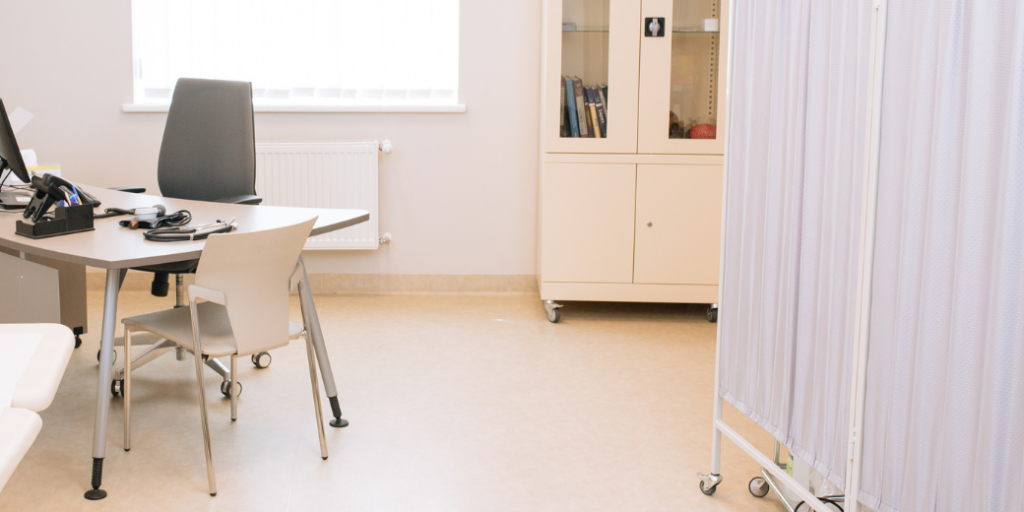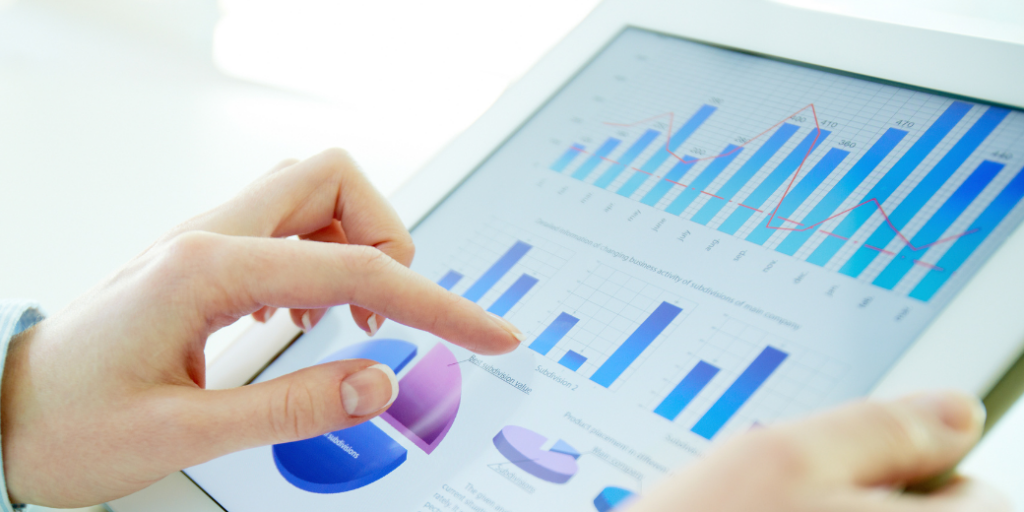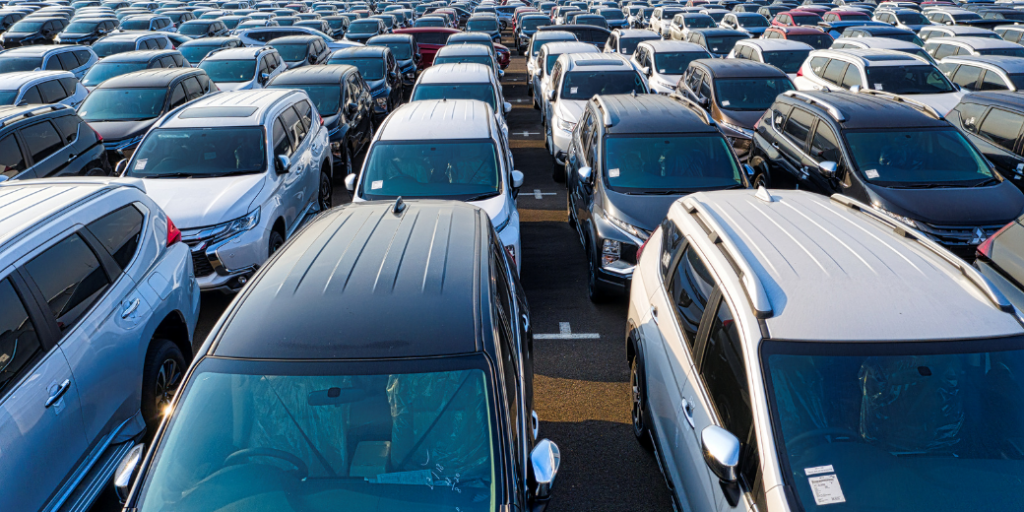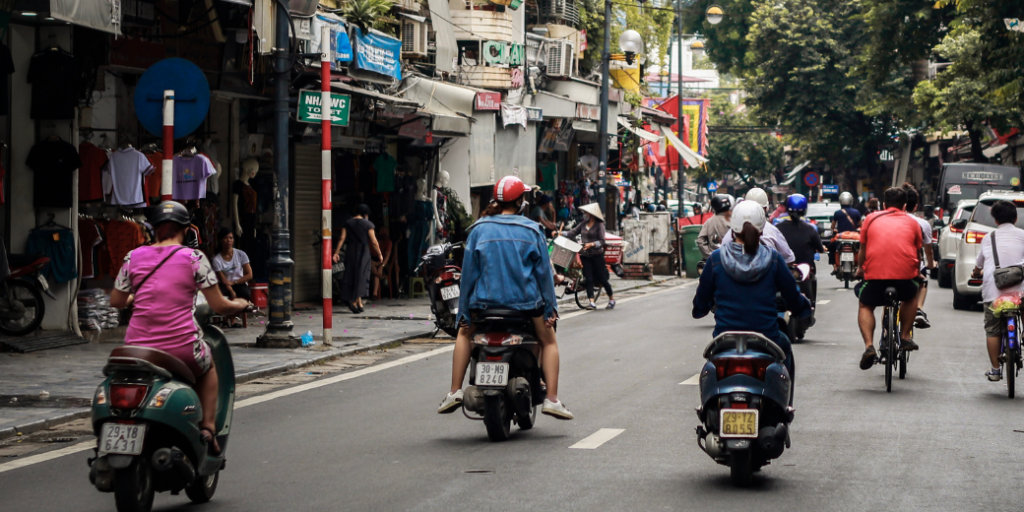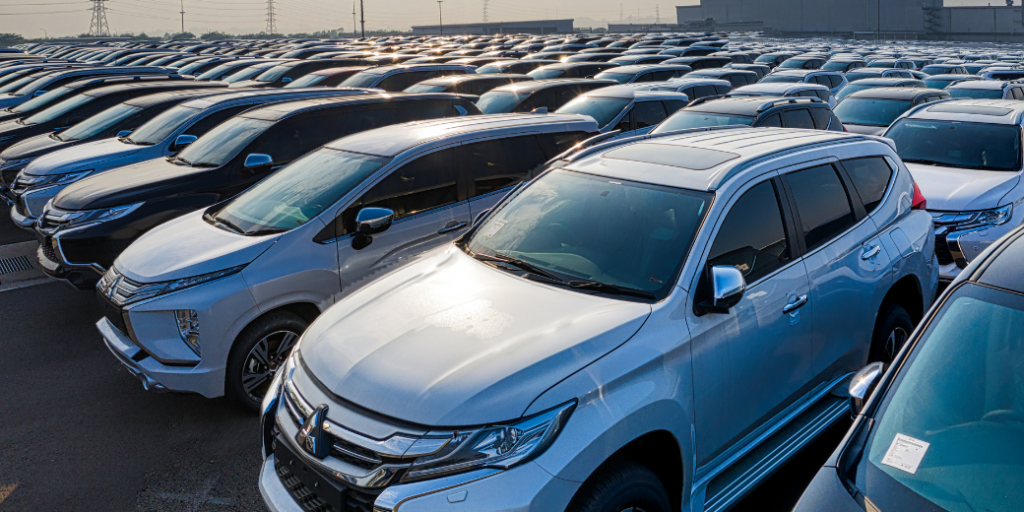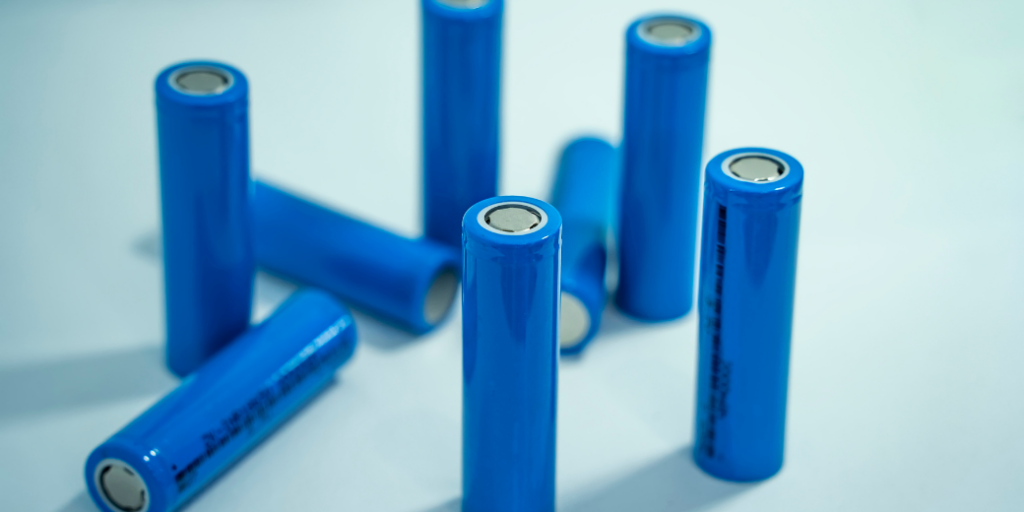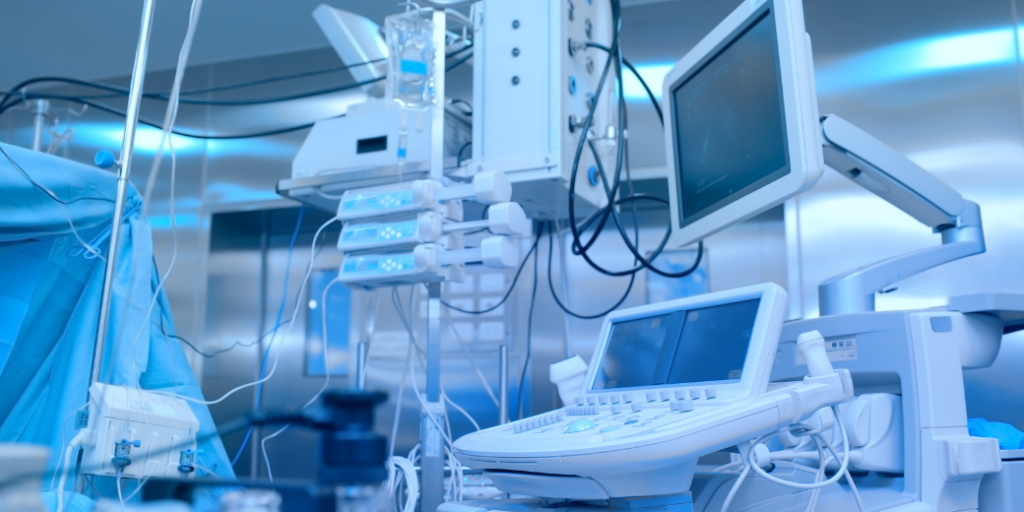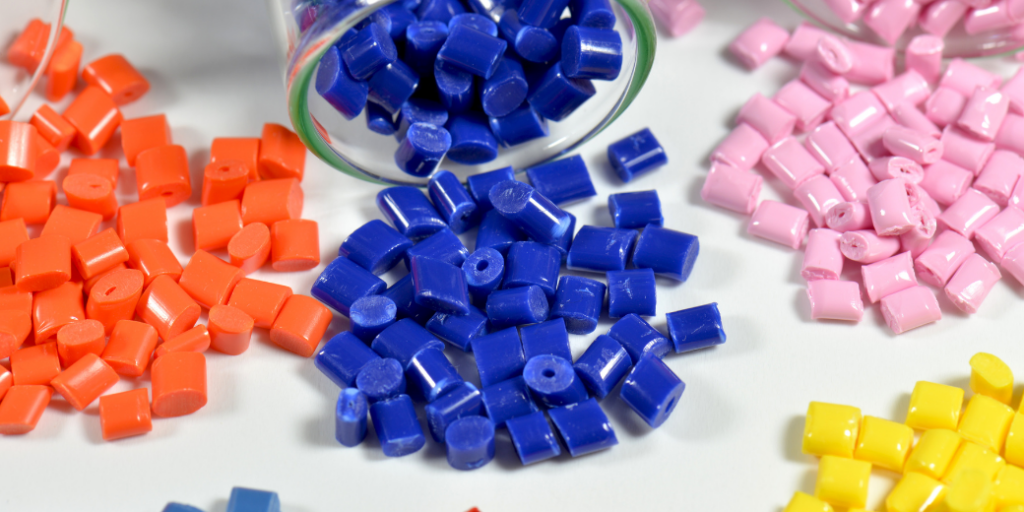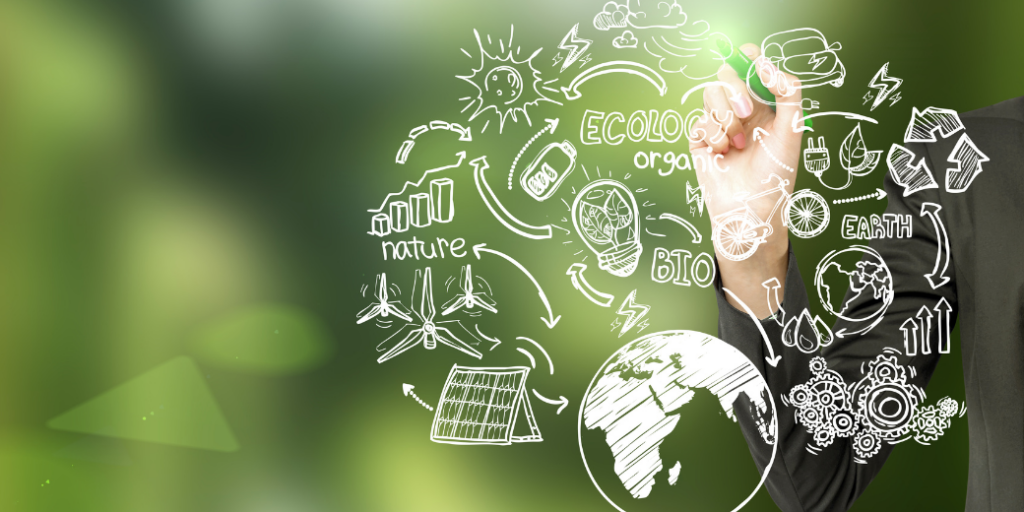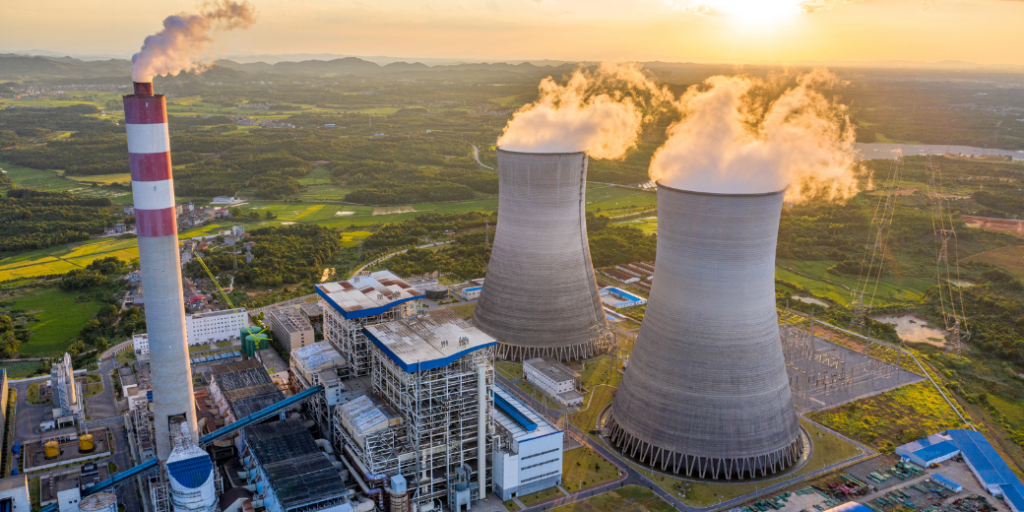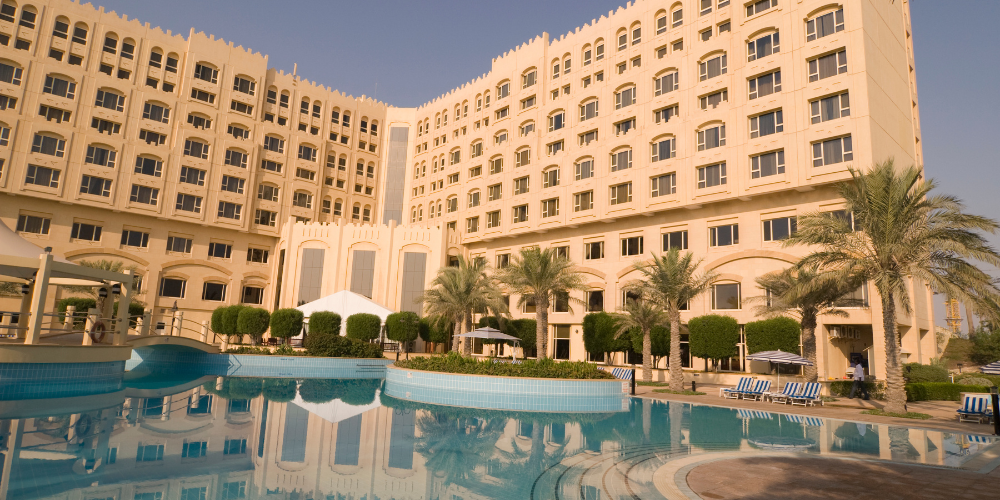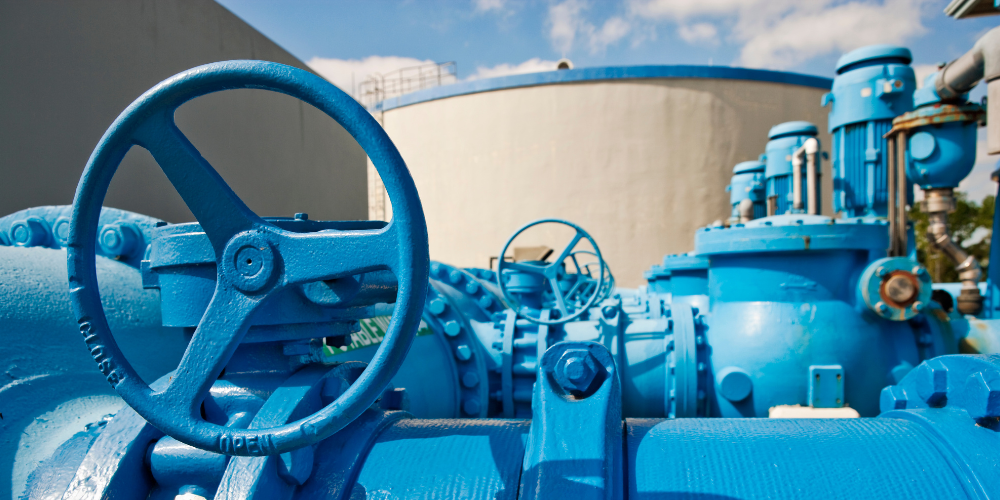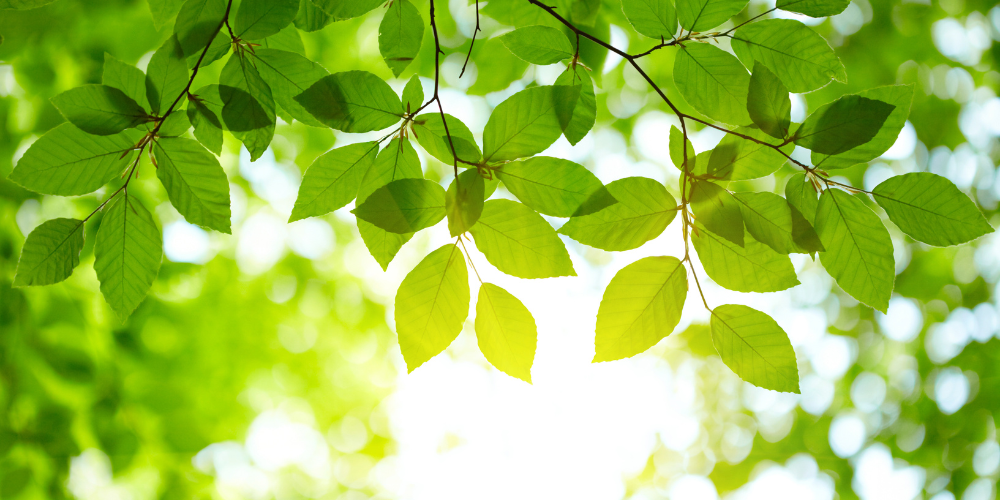Industry Reports
Battery Market in ASEAN
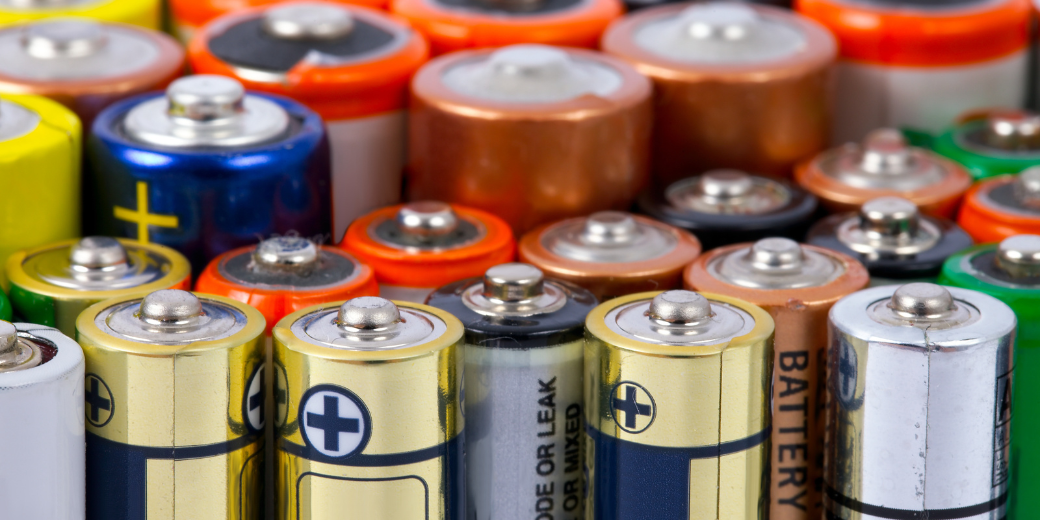
ASEAN Battery Market Shifts Toward Lithium-Ion Solutions
The ASEAN battery market is growing rapidly, driven by demand for electric vehicles (EVs) and consumer electronics. Lead-acid batteries still dominate due to affordability and use in automotive applications. Lithium-ion (Li-ion) batteries are gaining traction as cleaner and more efficient alternatives. Governments and manufacturers are pushing to expand energy storage solutions. Vietnam, Thailand, and Malaysia lead battery production in the region. Each country is developing local manufacturing to reduce import reliance. Supply chain issues and regulations continue to hinder production growth. Battery production in ASEAN has steadily grown over the past five years. Lithium-ion battery output is expanding to meet EV and electronics demand. Vietnam and Indonesia use nickel reserves to attract foreign investment. Lead-acid battery exports from Thailand and Malaysia remain strong. Exports are now declining as global markets shift towards lithium-based alternatives.
Local and Foreign Players Compete for Market Dominance
The ASEAN battery market is highly competitive, with a mix of domestic and international manufacturers. Companies such as GS Yuasa, Panasonic, and Samsung SDI dominate the lithium-ion segment, while local firms like PINACO in Vietnam and Amalgamated Batteries in Malaysia maintain strong positions in the lead-acid sector. Investment in new battery technologies and strategic partnerships with global automakers are reshaping the competitive landscape, as manufacturers seek to position themselves as key players in the global battery supply chain.
Below are the Industry trend of each ASEAN regions;
Indonesia: Battery Sector Expands with EV Transition
| Lead-Acid Batteries Dominate Due to Strong Automotive Demand
Indonesia’s secondary battery market is largely driven by lead-acid batteries, which are essential for automotive applications, including starting, lighting, and ignition (SLI) systems. The country’s high vehicle production and registration rates have created sustained demand for both new and replacement lead-acid batteries. As per the ASEAN Automotive Federation, Indonesia ranked second in ASEAN-6 in terms of motor vehicle production in 2022, indicating a robust market for these batteries. Additionally, affordability and availability further strengthen lead-acid battery adoption among consumers. However, Indonesia remains a net importer of lead-acid batteries, ranking third in ASEAN-6 in 2022, according to the International Trade Centre (ITC).
Indonesia is actively seeking to expand its role in the global battery supply chain by leveraging its vast nickel reserves—the world’s largest, according to ASEAN Briefing. The government has initiated policies to transition from raw nickel extraction to high-pressure acid leaching (HPAL) for Li-ion battery production. Investments from global companies such as Hyundai and LG Energy Solution signal progress, with the country’s first Li-ion battery manufacturing plant expected to commence operations in 2024.
| EV, Electronics to Drive Li-ion Growth; Lead-Acid Still Key
While Indonesia’s Li-ion battery market is currently limited, rising consumer electronics consumption and growing EV adoption indicate potential future demand. Smartphone and PC imports have grown alongside an increasing number of internet users, supported by Indonesia’s transition to upper middle-income status, as per the World Bank. Additionally, the government has introduced EV subsidies and plans to domestically produce 600,000 EVs by 2030.
The Indonesian lead-acid battery industry is concentrated, with major players including GS Battery, Yuasa Battery Indonesia, and Trimitra Baterai Prakasa, according to Business Wire. These companies, subsidiaries of Japan’s GS Yuasa Corporation, dominate the market with strong local manufacturing and distribution networks. The industry also continues to attract foreign investment, with Furukawa Battery (Japan) establishing joint ventures in Indonesia to expand production capacity.
Malaysia: Battery Sector Grows as Lithium-Ion Momentum Builds
| Lead-Acid Batteries Drive the Market While Lithium-Ion Gains Traction
Malaysia’s battery industry is experiencing rapid growth, particularly in lithium-ion battery production, which is being driven by government incentives and foreign investment. As per Mordor Intelligence, the market was valued at approximately USD 738 million in 2023, positioning Malaysia among the fastest-growing battery markets in the Asia-Pacific region. The country is a net exporter of lithium-ion batteries but remains a net importer of lead-acid and primary batteries. The industry is consolidated, with foreign manufacturers dominating production, particularly in the lead-acid battery segment, which serves Malaysia’s sizeable automotive market.
Lead-acid batteries remain the dominant segment, mainly due to their widespread use in Malaysia’s automotive sector. The country ranks among the top automotive producers in ASEAN, making lead-acid batteries essential for vehicle applications. Additionally, lead-acid batteries are increasingly used for power backup in data centres, a sector experiencing significant growth. Meanwhile, lithium-ion battery production is gaining momentum, primarily serving consumer electronics manufacturing, where Malaysia acts as a key export hub. Several foreign and domestic companies have entered the lithium-ion battery segment, with growing integration across the battery value chain.
| Foreign Manufacturers Drive Malaysia’s Li-ion Market
The Malaysian battery market remains consolidated, with foreign manufacturers holding a dominant position, particularly in the lead-acid segment. Leading international players such as GS Yuasa, JYC Battery, and FIAMM operate in Malaysia, while domestic companies like Amalgamated Batteries Manufacturing (ABM) and Yokohama Batteries compete in the local market.
As global demand for lithium-ion batteries rises, foreign manufacturers are expanding their production capabilities in Malaysia. Companies such as Samsung SDI, Enovix, and EVE Energy have established lithium-ion battery plants in the country, contributing to Malaysia’s growing role in the global supply chain.
Singapore: Li-ion Dominates as Lead-Acid Imports Continue
| Net Importer of Lead-Acid; Li-ion on the Rise
Singapore’s battery market is primarily driven by rechargeable batteries, with lithium-ion (Li-ion) batteries gaining prominence over lead-acid alternatives due to their higher energy efficiency and lower environmental impact. Li-ion batteries offer superior energy retention and are widely used in consumer electronics and electric vehicles (EVs). In contrast, lead-acid batteries are mostly used in the automotive sector for starting, lighting, and ignition applications. The shift towards Li-ion batteries aligns with global trends favouring eco-friendly and high-performance energy storage solutions.
With no domestic automotive manufacturing, Singapore is a net importer of lead-acid batteries, primarily used for vehicle battery replacements. The country has one of the smallest vehicle populations in ASEAN, and replacement demand remains the primary driver for lead-acid battery imports. As of 2023, imports of lead-acid batteries were approximately twice the level of exports, reflecting the limited production capacity for this battery type. The government’s zero vehicle population growth policy, in place since 2018, has also restricted the expansion of Singapore’s automotive market, limiting demand for lead-acid batteries.
| International Battery Manufacturers Dominate Singapore’s Li-ion Market
Singapore’s Li-ion battery industry is primarily operated by subsidiaries of international manufacturers. Companies such as Energizer Singapore and Murata Electronics Singapore play a key role in domestic battery production, while lead-acid battery manufacturing is led by firms such as Chloride Batteries and Narada Asia Pacific. The presence of these foreign players highlights Singapore’s strategic position as a regional hub for battery manufacturing and exports.
Energizer Singapore, a subsidiary of Energizer Holdings, operates one of the largest battery manufacturing plants outside the US. The facility in Jurong produces both alkaline and Li-ion batteries, serving as the company’s primary production site for Li-ion batteries globally. With an annual production capacity of approximately 2.2 billion cells, Energizer Singapore remains a key contributor to the global battery supply chain.
Thailand: Strong Auto Sector Drives Battery Market Leadership
| Battery Market Leads ASEAN-6 on Auto Demand
Thailand has the largest battery market in ASEAN-6, primarily driven by its dominant automotive manufacturing sector. The industry is heavily focused on lead-acid batteries, which are widely used in vehicles, while lithium-ion battery adoption is increasing with the growth of electric vehicles (EVs) and consumer electronics. The majority of battery production serves the domestic market, though Thailand remains a net exporter of lead-acid batteries and an importer of lithium-ion batteries. Government incentives, including tax benefits and investment promotion schemes, are boosting local battery manufacturing, particularly in the EV segment.
Following a period of strong growth from 2020 to 2022, Thailand’s battery production and sales declined in 2023, in line with a downturn in automotive manufacturing. However, long-term growth prospects remain positive, with rising demand from the EV sector and increasing government incentives supporting lithium-ion battery production.
Thailand continues to be a net exporter of lead-acid batteries, with key export markets in ASEAN. However, as global demand shifts towards lithium-ion batteries, lead-acid battery exports have started to decline. Meanwhile, lithium-ion battery imports have surged, reflecting the growing local demand for EVs and energy storage applications.
| Lead-Acid Dominates, Li-ion Gains Momentum
The Thai battery industry is concentrated, with the top five manufacturers accounting for a majority of market revenue. Leading players such as Siam Furukawa and Siam GS Battery specialise in lead-acid batteries, benefiting from strong relationships with automotive manufacturers. However, lithium-ion battery producers like Panasonic Energy and Thonburi Energy Storage are expanding rapidly, driven by increasing EV adoption.
Major automakers and battery manufacturers, including BMW, Mercedes-Benz, and SAIC, are investing in Thailand’s lithium-ion battery production. These investments, along with supportive government policies, are expected to enhance Thailand’s role in the global EV battery supply chain over the next decade.
Vietnam: Market Develops as EV and Electronics Demand Grow
| Battery Market Still in Early Growth Phase
Vietnam’s battery industry is still developing compared to other ASEAN-6 countries, with a fragmented market structure and a growing focus on lithium-ion batteries. Lead-acid batteries continue to dominate, mainly serving the automotive sector, while lithium-ion batteries are largely imported rather than manufactured locally. The country holds significant nickel reserves, offering potential for future battery production, though exploration activities remain limited. The government has introduced incentives to attract investment in lithium-ion battery manufacturing, including tax exemptions and foreign ownership allowances.
Vietnam’s secondary battery production has steadily expanded since 2017, driven by increasing demand from the automotive and electronics industries. The rise of electric vehicles (EVs) has further accelerated the need for lithium-ion batteries, with domestic manufacturers beginning to scale up production. Meanwhile, primary battery production saw fluctuations, experiencing a sharp decline in 2021 before rebounding in 2023 due to higher consumer electronics demand.
| Li-ion Investment Rises as Firms Compete for Share
Vietnam’s battery industry consists of a mix of local and foreign manufacturers. PINACO leads the lead-acid battery segment with a strong distribution network, while VinES Energy Solution and other Vingroup subsidiaries are gaining traction in lithium-ion battery production. Foreign firms, including Samsung SDI and Leoch Battery, have also established a strong presence, with further investments expected from Chinese battery manufacturers.
Major battery producers are expanding their investments in Vietnam, with partnerships forming between domestic and international players. Companies such as VinFast and LG Chem have launched joint ventures to develop lithium-ion battery manufacturing capabilities. Additionally, Chinese firms have announced plans to build new battery factories, highlighting Vietnam’s growing role in the regional supply chain.
All-in-One Market Research Tool – Try It Free Today
In just five minutes, readers can gain a comprehensive understanding of global and ASEAN-6 market trends. Our Speeda platform provides extensive coverage of over 560 industries, supported by data from 11 million public and private companies, equips you with the insights you need to streamline research, optimise strategic planning, and drive informed decisions.
Take your research efficiency to the next level by signing up for a free trial today. Sign up now to access more detailed reports and tools that can transform your approach to market analysis.
